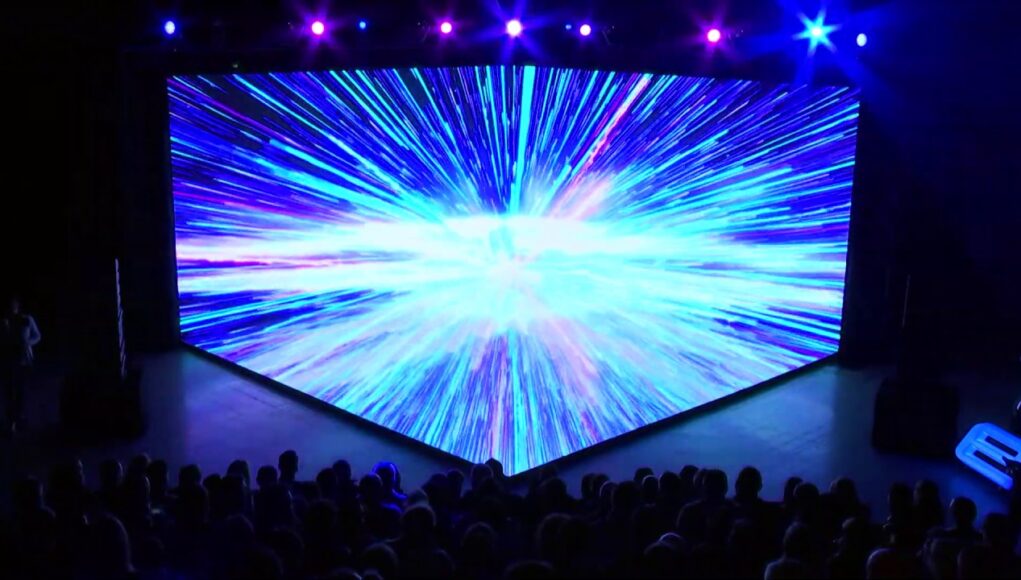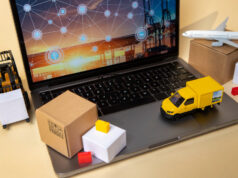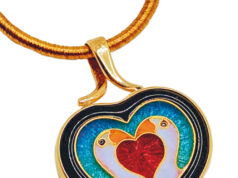LED screens have emerged as the frontrunner in visual displays, captivating audiences with vibrant and dynamic visuals. Whether you’re setting up LED screens panels for an event, a concert, a trade show, or any other occasion, the impact of your visuals largely depends on how well you set them up.
1. Choose the Right Screen Size
Selecting the appropriate screen size is not a one-size-fits-all decision. It requires careful consideration of various factors. The viewing distance is a crucial element to ponder upon. A larger display might be needed for optimal engagement if your audience is close to the screen. However, a smaller screen might suffice in larger venues with audiences sitting farther away. Balancing screen size, pixel pitch and viewing distance ensures every audience member can enjoy the visuals comfortably.
Furthermore, the venue’s dimensions play a significant role. A small, intimate space may not accommodate a massive LED screen comfortably. Conversely, a large auditorium demands a screen that adequately fills the space. Budget constraints should also be taken into account. Larger screens often have a higher price tag, including transportation, setup, and maintenance costs.
2. Opt for High-Resolution Panels
Resolution matters when it comes to LED screens. Higher-resolution screens deliver more detailed and lifelike visuals and can also be viewed closer. High-resolution, lower pixel pitch (the distance between LED’s) panels are indispensable for events where precision and clarity are paramount, such as corporate presentations or product launches. The level of detail that these screens can render is truly impressive.
Consider scenarios where your content includes intricate graphics, fine text, or designs. In such cases, opting for high-resolution panels ensures that every detail is vividly showcased. It guarantees that your visuals are impressive and communicate your message effectively.
3. Plan for Proper Placement
The placement of LED screens can make or break the visual experience. An optimal viewing angle is essential to ensure that every audience member enjoys the visuals without any obstruction. Placing screens too high or too low can result in discomfort for viewers, causing them to strain their necks or eyes.
Ambient lighting conditions should also be considered. Bright, direct sunlight can wash out the screen’s brightness and make visuals appear dull. Therefore, planning for proper shading or positioning is crucial to minimize glare and ensure the content is clearly visible. Additionally, the audience’s line of sight should guarantee everyone an unobstructed screen view.
4. Calibration and Color Matching
Consistency in colors across all LED panels is vital for creating stunning visuals. Color calibration is the process of fine-tuning each panel to ensure that they all display colors accurately and uniformly. When the colors on your screen are consistent, it creates a seamless and visually pleasing experience for your audience.
Color matching technology is a powerful tool for synchronizing colors. It ensures that the colors displayed on each panel are in perfect harmony with the others. The overall effect is breathtaking when visuals flow smoothly from one panel to the next. Accurate color representation is crucial if your content includes brand logos or specific color schemes that must be faithfully reproduced.
5. Content Optimization
The quality of your visuals is closely tied to the quality of your content. Investing in high-quality content tailored to your LED screen’s specifications is paramount. Visual elements such as graphics, videos, animations, and text should all be optimized for the screen’s resolution and size.
High-resolution screens can showcase intricate details, making it an excellent choice for displaying high-definition videos or graphics with fine textures. If using lower-resolution screens, ensure your content is designed to maximize the available pixels. This includes using legible fonts, avoiding small text that may not be clear, and optimizing images for the screen’s dimensions.
6. Control and Monitoring
Having the right control and monitoring system in place is essential for a smooth operation and the ability to make real-time adjustments. A robust control system allows you to manage various aspects of your LED screens, including content playback, brightness, color settings, and more.
Real-time monitoring is critical for identifying and addressing issues arising during an event. It enables technicians to quickly respond to screen malfunctions, overheating, or connectivity problems. Timely interventions can prevent disruptions and ensure your visuals remain flawless throughout the event.
7. Regular Maintenance
A proactive maintenance schedule is imperative to ensure your LED screen panels consistently deliver stunning visuals. Over time, dust, dirt, and general wear and tear can impact image quality. Regular cleaning and inspections are essential to keep your screens in top condition.
Cleaning should involve both the front and rear sides of the panels and the surrounding areas to prevent dust from accumulating. Inspections should include thoroughly examining each panel for any signs of damage or malfunction. Addressing issues promptly can prevent them from escalating into larger, more costly problems.
Properly executed LED screens require careful planning, attention to detail, and the right equipment. Following these seven tips, you can create visual displays that captivate and impress your audience. Consider GearSource as your trusted source for high-quality LED video walls and expert guidance on visual setups. Visit GearSource to explore a wide range of professional audio and visual equipment, ensuring your visuals shine brilliantly at every event.








